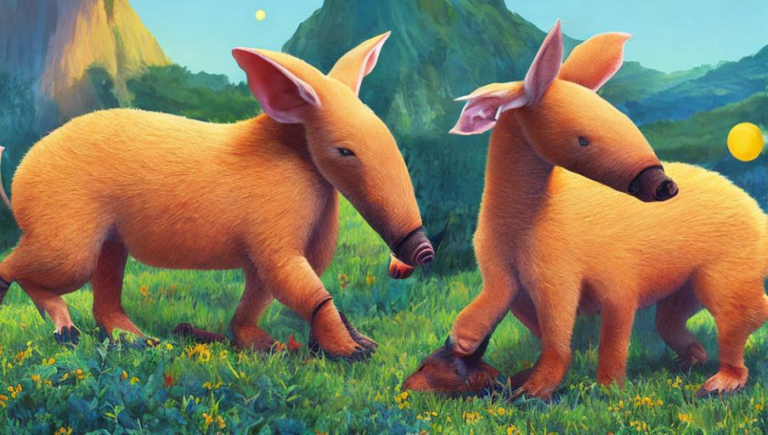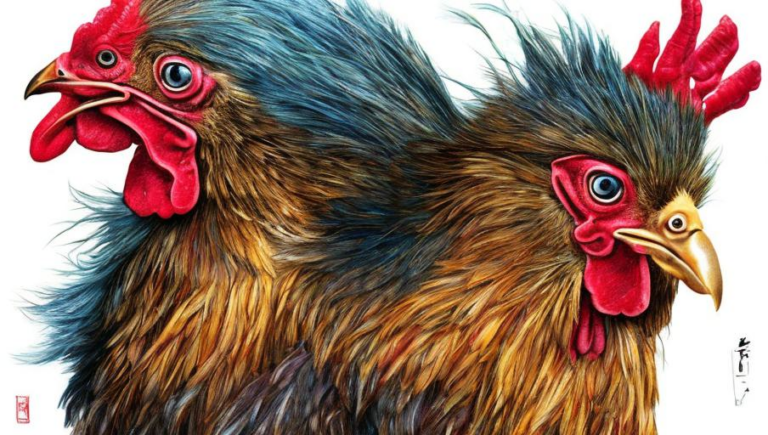Quaint Habits of Cranes

The Amazing Crane
The crane is a large, long-legged bird that is found in many environments, from wetlands to forests and even deserts. Cranes are known for their long necks and bill, as well as their sweeping wingspan. Cranes are mainly found in the northern hemisphere, though they can also be found in parts of the southern hemisphere.
Diet and Behavior
Cranes are omnivorous, so their diet includes a variety of plants and animals. They are usually found foraging for food in wetlands, but they can also be seen in fields and grasslands. Cranes can be very vocal, and they often communicate with their loud calls. They can also be seen performing various courtship displays, such as jumping, bowing, and even dancing.
Migration
Cranes are one of the few birds that migrate, and they typically travel in large flocks. During the winter, they migrate to warmer areas, and then in the spring they return to their breeding grounds. Cranes can travel up to 3,000 miles during the course of their migration.
Nesting and Parenting
Cranes typically build their nests in wetlands or near water, and they often reuse their nests each year. The female will lay up to four eggs, which both parents help incubate. Once the chicks hatch, both parents will help feed and care for them. The chicks are able to fly at about eight weeks old, and they usually stay with their parents for up to six months.
Protection and Conservation
Due to their large size, cranes are susceptible to predators such as foxes, wolves, and humans. In order to protect them, many countries have made it illegal to hunt or capture them. Additionally, conservation efforts have been put in place to protect their habitats and ensure that their populations can thrive.
Conclusion
Cranes are incredible birds that can be found in a variety of habitats. They are omnivorous and they migrate great distances. They also build their nests near water and both parents help care for their chicks. In order to protect them, many countries have made it illegal to hunt or capture them. Thanks to these measures, the crane population can continue to thrive.





